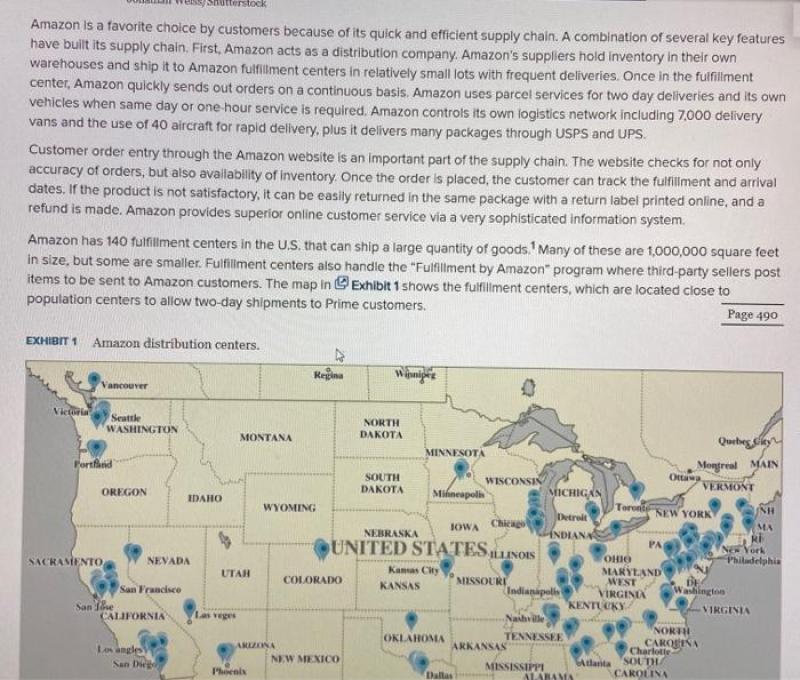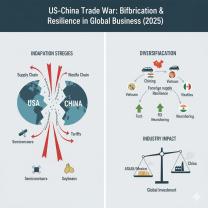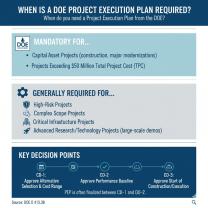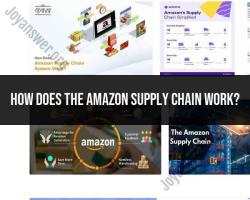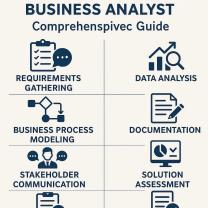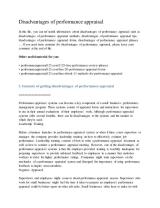What is Amazons supply chain?
Amazon's supply chain is a complex and highly efficient system that plays a crucial role in the company's ability to fulfill customer orders quickly and reliably. The supply chain encompasses a series of interconnected processes and components that enable Amazon to manage inventory, process orders, and deliver products to customers in a timely manner. Here are some key components and processes of Amazon's supply chain:
Procurement and Sourcing:
- Amazon works with a vast network of suppliers worldwide to source a wide variety of products.
- The company uses data analytics and forecasting algorithms to predict demand and optimize inventory levels.
Warehousing and Distribution Centers:
- Amazon operates an extensive network of fulfillment centers and distribution warehouses globally.
- These centers are strategically located to reduce delivery times and costs, allowing for quick order fulfillment.
Inventory Management:
- Amazon utilizes advanced inventory management systems to optimize stock levels.
- The company employs techniques such as Just-In-Time (JIT) inventory to minimize holding costs while ensuring product availability.
Order Processing:
- Amazon's order processing system is highly automated and efficient.
- When a customer places an order, the system identifies the closest fulfillment center with the required item in stock, initiating the picking and packing process.
Automation and Robotics:
- Amazon has heavily invested in automation and robotics within its fulfillment centers.
- Robots assist in moving and organizing inventory, speeding up the order fulfillment process.
Transportation and Logistics:
- Amazon manages a comprehensive transportation network, including trucks, planes, and last-mile delivery services.
- The company also uses third-party carriers and logistics partners to enhance its delivery capabilities.
Technology and Data Analytics:
- Advanced technologies, such as machine learning and data analytics, are crucial for demand forecasting, inventory optimization, and supply chain planning.
- Amazon's technology-driven approach helps it respond quickly to changes in consumer demand.
Customer Service:
- Amazon places a strong emphasis on customer service as part of its supply chain strategy.
- The company offers various shipping options, including Prime, to provide customers with fast and reliable delivery.
Returns Management:
- Amazon has a streamlined returns process to manage and process product returns efficiently.
- The ease of returns is a key aspect of customer satisfaction and helps maintain customer loyalty.
Continuous Improvement:
- Amazon is known for its commitment to continuous improvement and innovation in its supply chain.
- The company regularly evaluates and updates its processes to enhance efficiency and reduce costs.
By integrating these components and processes, Amazon has built a supply chain that allows it to offer a wide selection of products with fast and reliable delivery, contributing to its success as a leading e-commerce giant.
Amazon's Supply Chain: A Look Inside
1. Structure:
Amazon's supply chain is a complex, dynamic beast. Its core structure can be summarized as follows:
- Global Network: A vast network of over 2,000 facilities, including:
- Fulfillment centers: Strategically located warehouses for storing and picking inventory.
- Sourcing hubs: Locations for managing relationships with suppliers and manufacturers.
- Delivery stations & airports: Points for final shipment and distribution.
- Inventory Management:
- Just-in-time inventory: Focus on minimizing stored inventory and optimizing fulfillment based on demand.
- Predictive analytics: Leveraging data to forecast demand and adjust inventory levels.
- Vendor managed inventory (VMI): Collaboration with suppliers to manage inventory levels.
- Fulfillment & Delivery:
- Multi-channel approach: Fulfilling orders through various channels, including Prime delivery, Same-Day Delivery, and Amazon Flex.
- Automated systems: Extensive use of robotics and automation for faster and more efficient fulfillment.
- Delivery network: Owned and contracted transportation network for air, ground, and last-mile delivery.
2. Management & Optimization:
Amazon constantly optimizes its supply chain through:
- Technology: AI and machine learning for demand forecasting, logistics planning, and robotic fulfillment.
- Data Analytics: Deep insights into customer behavior and demand patterns drive decision-making.
- Vertical Integration: Investing in logistics infrastructure (airports, trucking companies) and cloud computing (AWS) for greater control and efficiency.
- Flexibility & Scalability: Agile infrastructure and processes adaptable to changing demands and peak seasons.
- Partnerships: Collaborating with third-party vendors and logistics providers for additional capacity and expertise.
3. Key Principles & Strategies:
- Customer Obsession: Prioritize fast, convenient, and reliable delivery experiences for customers.
- Operational Excellence: Continuously improve efficiency, reduce costs, and optimize every step of the supply chain.
- Technology & Innovation: Embrace cutting-edge technologies and automation to remain at the forefront of supply chain management.
- Data-Driven Decision Making: Leverage data analytics to inform inventory management, logistics planning, and pricing strategies.
- Agility & Adaptability: Remain flexible to respond to changing market demands and unforeseen disruptions.
Amazon's supply chain is a continuously evolving model, constantly pushing the boundaries of efficiency and customer satisfaction. Understanding its structure, management, and core principles provides valuable insights into the future of e-commerce logistics.
Please note: This is a high-level overview. Different aspects of Amazon's supply chain, like Prime's dedicated infrastructure or specific fulfillment processes, could be explored further based on your interest.
